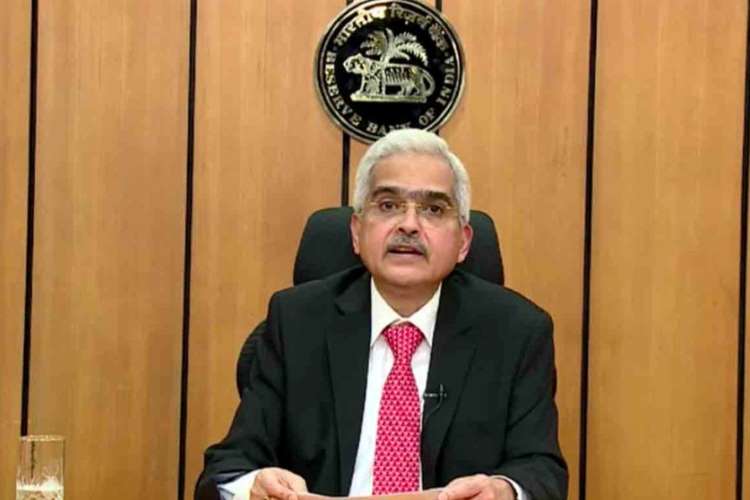PSU Bank Privatisation: The Union government is expected to introduce a bill in the upcoming monsoon session of Parliament which will allow it to offload stake in Public Sector Banks or PSU Banks and bring them under private control. Under the Banking Companies (Acquisition and Transfer of Undertakings) Act, 1970, the government is required to hold a majority stake of these banks. The private sector may lap up the changes and may participate more confidently in the privatisation drive.
As the name suggests, the public sector banks are run by the state and it holds more than 50% in these banks. These banks are run by the Union finance ministry or finance ministries of state governments.
Nationalisation of banks
The government entered into the business of banking with the nationalisation of The Imperial Bank of India on July 1, 1955 which is now known as State Bank of India (SBI). The Reserve Bank of India had then taken a 60% stake in it.
Also Read: Crash in metal prices foretells big economic crisis
This was done to bring one strong integrated state and commercial partnership to cater to stimulate banking development in general and rural credit in particular. The scheme of social control was aimed at bringing some changes in the management and distribution of credit by the commercial banks in 1967.
Further agenda was to snip relationships between big business houses and big banks or at least made ineffective by the reconstitution of the Board of Directors to the effect that 51% of the directors were to have special knowledge or practical experience. Since the country was in its infancy stage of freedom, the need of the hour was to better serve the needs of a developing economy in conformity with national priorities and objectives.
The Government of India consolidated 10 Public Sector Banks into four banks in 2019, taking the total tally of PSU Banks to 12. The merged banks are- PNB which was merged with Oriental Bank of Commerce and United Bank of India, Indian Bank with Allahabad Bank, Canara Bank with Syndicate Bank and finally Union Bank of India which was merged with Andhra Bank and Corporation Bank.
After the merger, 12 PSU Banks in India are Bank of Baroda (63.97%), Bank of India (81.41%), Bank of Maharashtra (90.97%), Canara Bank (62.93%), Central Bank of India (93.08%), Indian Bank (79.86%), Indian Overseas Bank (96.38%), Punjab National Bank (73.15%), Punjab & Sind Bank (97.07%), Union Bank of India (83.49%), UCO Bank (95.39%) and SBI (57.6%).
PSBs subsequently became the most important source of mobilisation of financial savings. The share of the banking sector held by the public banks continued to grow through the 1980s, and by 1991 public sector banks accounted for 90% of the banking sector. Not only this, the majority of these banks were profitable, with only one out of the 21 public sector banks reporting a loss.
India’s banking sector
Banks in India are classified into various types. While the functions of these banks remain same, they vary due to the different segments of people they cater to. For example, the Central Bank of India or RBI regulates all the other banks. Cooperative Banks are organised under the state government’s act and give short term loans to the agriculture sector and other allied activities. Commercial Banks operate on a commercial basis and their main objective is profit. They cater to both urban and rural customers. Public Sector Banks or PSU Banks are a further division of commercial banks. Other categories of banks include Regional Rural Banks or RRBs, Local Area Banks, Small Finance Banks, and Payments Banks.
Consolidation of PSU Banks
The Finance Minister Nirmala Sitharaman in 2019 had announced the consolidation of ten PSBs, half a dozen of these banks were left out of merger. This was done with an aim to achieve higher operational efficiency gains to reduce cost of lending, according to the official presentation made at that time. The merger also meant a larger balance sheet for such banks along with an increased net worth to allow for bigger-ticketed loans.
The left alone banks from the exercise are- Bank of India, Central Bank of India, Bank of Maharashtra, UCO Bank, Indian Overseas Bank and Punjab & Sind Bank. These banks are not in the pinkest of health and require government intervention to thrive. The presence of a large number of private banks, consolidated PSBs and Small Finance Banks (SFBs), have rendered these mid-sized PSBs even more miserable.
Why PSU Bank privatisation?
With privatisation, the government can raise capital which will help with addressing bad loans and NPA issue. Further, it is crucial to enhance the financial performance of such banks as the private sector is generally considered more efficient. With a stake sale, government’s liabilities with the funds can also be decreased. In general, the privatisation drive also sits well with the government’s agenda of minimum government and maximum governance rendering the role of government to a watchdog.
Finance infusion in these banks currently does not appear fruitful and is likely that any such invested capital will also go down in the drain. Privatisation, on the other hand, appears, at least for the time being, a better solution to the PSB problem. In the budget for FY22 presented on February 1, 2021, FM Sitharaman had said that the government will privatise two public sector banks and one general insurer. Meanwhile, IDBI Bank’s privatisation process is already underway.
Banking forms the base of economic wellbeing and it becomes pertinent that the sector is helped to remain strong. In India, PSBs have been in the forefront of mobilising resources from far flung rural areas as well as extending banking services in the remotest parts of the country, hence making them relevant to the banking ecosystem.

